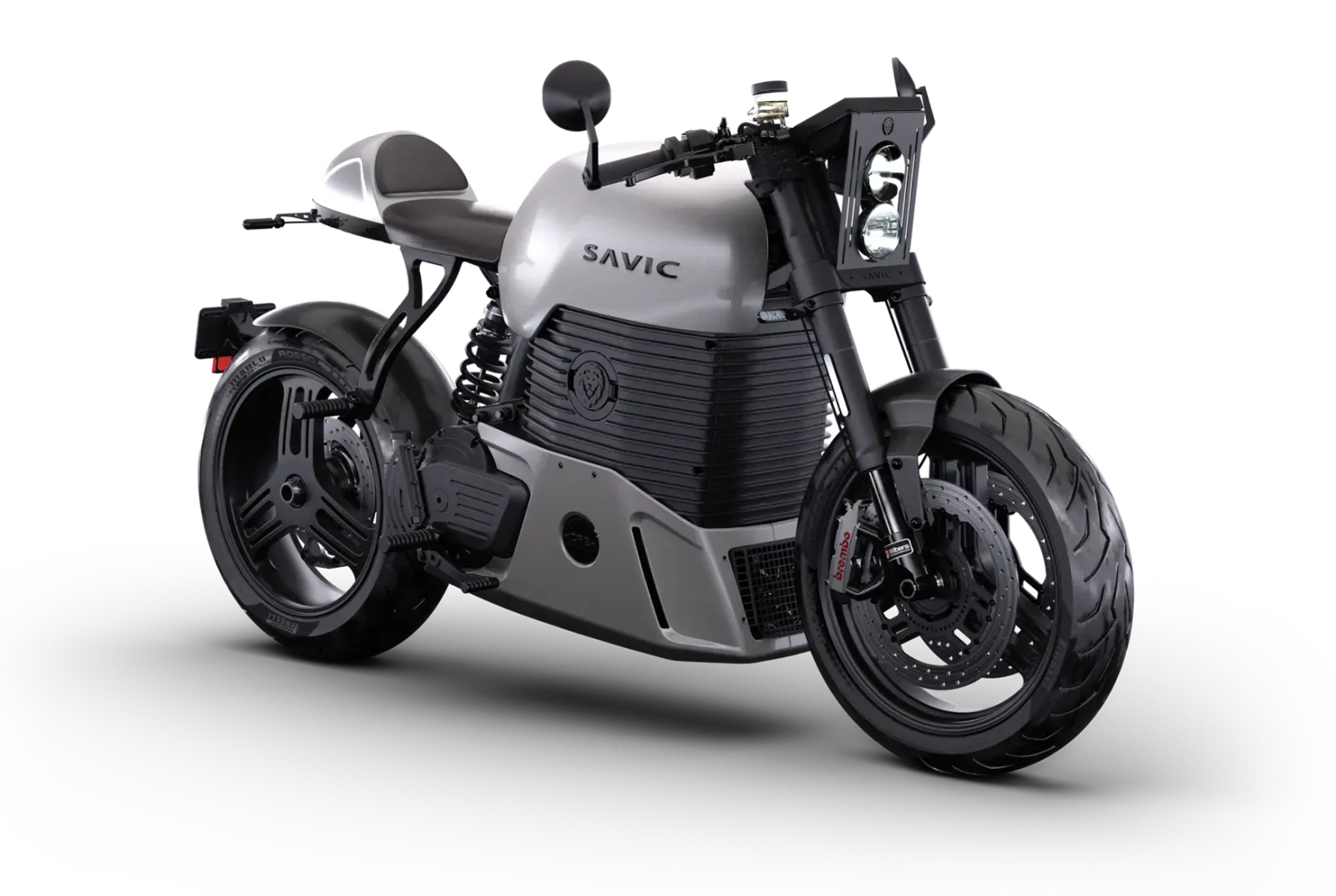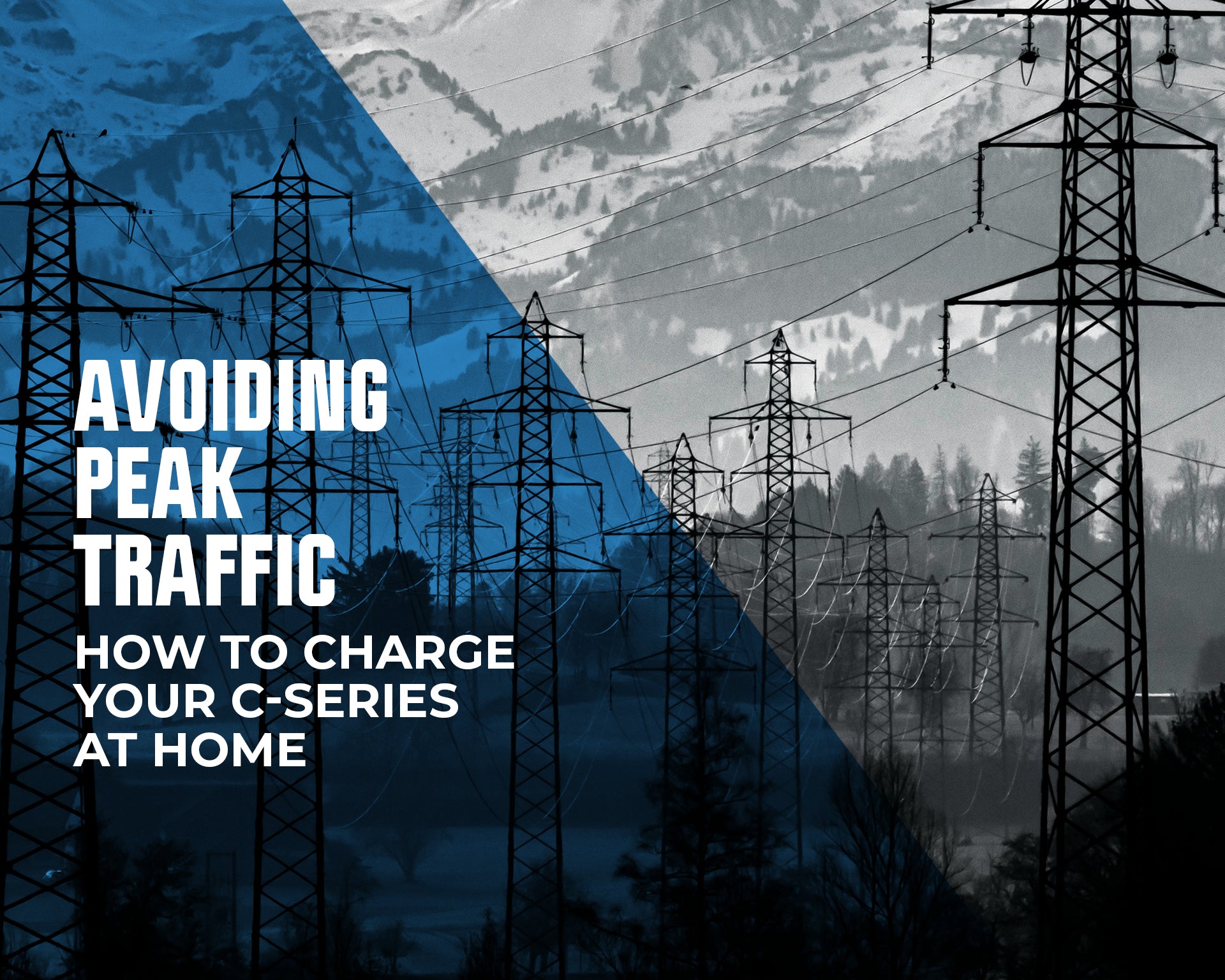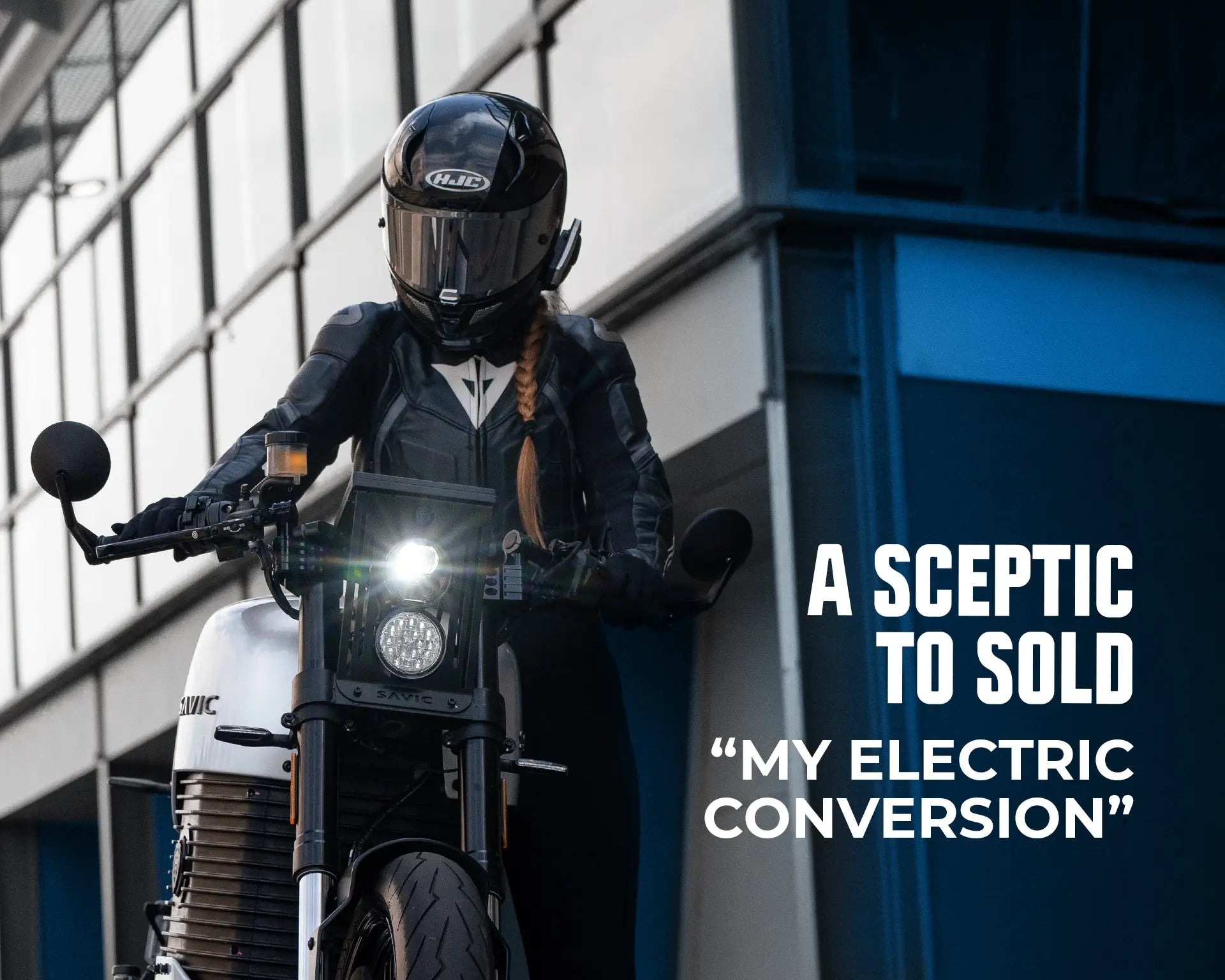You’ve just parked your C-Series motorcycle down at the beach, found a nice spot, and lain down to catch some Vitamin D. Twenty minutes into your sunbathing, your mobile frantically sounds an alarm and a notification pops up on your Savic Motorcycles app – informing you that your bike has been disabled and its location changed.
The safety of your C-Series has been made possible through a number of interconnected hardware and software functions both on and off the vehicle. As someone was attempting to move your bike without your presence (detected by our Proximity Sensing component), a Vehicle Locator component identified via GPS signals that the vehicle had slightly shifted from its original location. It immediately disabled the engine, and notified you.

From our on-board Instrument Cluster Unit, which houses our GPS and mobile connectivity hardware, a number of software components acted immediately in response to changes in ‘normal operating conditions’. The components internally and externally communicated to shut off the engine and notify you, via the Instrument Cluster’s IoT-enabled fabric.
IoT, or the Internet of Things, refers to the interconnectedness of devices through the Internet – from appliances and smart home devices, to medical equipment, smart city infrastructure, and, in the case of Savic Motorcycles, our vehicles.
Motorbikes with brains
As our vehicles are equipped with multiple software, hardware and sensor components, they all generate valuable data and signals. The data is generated in different forms, from structured data, vehicle operating logs and video feeds, to electronic component signals such as our battery management system, motor controller, vehicle control unit – also known as ‘the brain’ of the C-Series – GPS, and various software dedicated to the vehicle’s healthy operation.
The value derived from the data and raw signals is dependent on what we do with it. In our case, there are three major categories that this data can be used for:
- development and delivery of new and existing customer features
- healthy vehicle runtime operations, and
- real-time monitoring and predictive maintenance.
In all these cases, as our vehicles are permanently connected, the IoT infrastructure provides the fabric upon which data and signals are collected and transferred to various services – both on and off the vehicle. As the data is distributed, it’s analysed and acted upon through our Edge Computing infrastructure and other components that we will address in the next blog.
Another good example of our IoT ecosystem in action is in the fast-emerging field of predictive maintenance.
As the vehicle generates various high-frequency data and signals, a portion of that data is compressed and transferred via IoT to our cloud infrastructure for further processing. The other portion of the data is evaluated in real time, and distributed across various specific on-board components.
Checking your battery health
Let’s say that one of your battery cells isn’t operating optimally. The signal will show an abnormal rise in the cell’s temperature, and a faster-than-normal decrease in voltage.
From a healthy operations perspective, this anomaly will be picked up immediately in real time on the vehicle, and appropriate remedial actions will take place. These could include anything from disabling the vehicle, showing a warning signal and notifying the rider, or notifying the Savic Customer Centre.
From a predictive maintenance perspective, the historical operating data will be analysed, an appropriate ‘cell health’ model created, and any issues picked up before they become a major problem.
And from a customer perspective, this feature obviously delivers an informed peace of mind, and increases the longevity of the vehicle.
The C-Series’ IoT fabric enables many future use-cases, some of which we will actively pursue. One of the more interesting applications will be Vehicle-to-Everything (V2X) connectivity, which will enable our existing and future vehicles to communicate with anything that’s connected – boosting the rider’s experience, and safety through notifications of road condition changes and accident prevention mechanisms.
All of this is made possible through our expanding Internet of Things ecosystem, through which our vehicles are continuously connected and perpetually processing.











